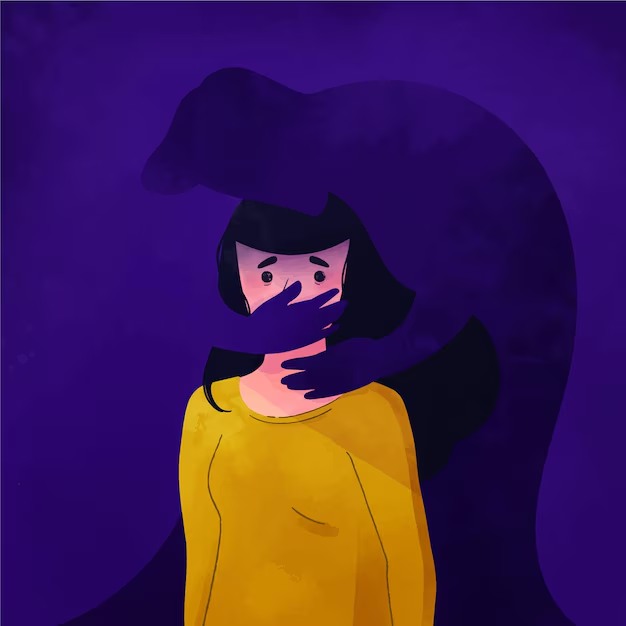TW: Talks of Rape and Sexual Violence
In the year 2000, the National Sexual Violence Resource Center was created to address the causes and impact of sexual violence through prevention, collaboration, and resources. A year after its creation the National Sexual Violence Center formally recognized April as Sexual Assault Awareness Month.
Sexual Assault Awareness Month (SAAM) highlights and brings awareness to sexual assault and sexual violence through the voices of survivors. The month is dedicated in hopes of calling out and promoting change in rape culture.
The roots of this movement go back all the way to the feminist, movement as well as the Civil Rights movement. The fight for civil rights changed the narrative of conversation about sexual assault and sexual violence.
Many efforts about sexual assault awareness during the time of the civil rights movement were led by women of color. Many advocates fought for equality of race and gender-based violence.
As the 1970s hit, awareness of the issue began to spread widely. The first rape crisis center was founded in San Francisco in 1971.
Throughout the decades sexual assault awareness and stories of survivors started to become a relevant topic of conversation. In 1994, the Violence Against Women Act (VAWA) was formed.
VAWA is a U.S. federal law passed in 1994 that addresses and prevents domestic, sexual, dating violence, and stalking, through funding, training, and legal protections.
Even before April became the official month for sexual assault awareness there had been events, protests, and marches, all throughout April. NSRC chose a teal–colored ribbon as the symbol for SAAM.
This month is not only advocation against sexual abuse, assault, and violence but it is also a month acknowledging survivors‘ experiences and admiration for their strength.
SAAM and organizations like NSVRC, call out parts of society that are ill–willed and do not change regarding sexual assault. Awareness creates a safe place for open conversations about the topic which is much needed but can be uncomfortable and hard.
34 percent of children under 12 years old are victims of sexual assault. 66 percent of teenagers between the ages of 13 and 17 are victims of sexual assault. One in nine girls and one in twenty boys under the age of 18 experience sexual violence or assault.
82 percent of victims under 18 are female. It doesn’t matter if it‘s male or female or if the numbers are high or low, sexual assault and abuse are repulsive and need to be talked about.
There has to be conversation in order for there to be change. 66 percent of 12 to 17-year-olds have experienced some sort of sexual assault. Those are children in middle school and high school. Sex education is taught all throughout middle school, and maybe only one year of high school.
Schools need to educate students on what consent is, and what it looks like. As well as, the definition of sexual assault, and what it looks and feels like–specially for pre-teens and young adults.
Middle school and high school is the time when puberty and hormones change your body and make you feel all sorts of feelings and emotions. Learning about sex education, consent, and what sexual assault is at that age is so important.
Not only can it help the person understand their own hormones and validate their experiences but also teaches the young mind human decency when it comes to sexual experiences.
Teaching sex education and what consent looks like, all throughout middle school and high school can continuously bring awareness to sexual assault and help prevent it. Teaching the history of SAAM, NSRVC and all the organizations that advocate against sexual violence is an amazing way of education.
RAINN is the national sexual assault hotline, which allows survivors to call the number 800.656.HOPE to speak about their experiences and seek help. They have options for an online and Whatsapp chat as well.
Sexual assault, violence, and abuse crimes happen every single day. We must call out the attackers who face no punishment for their crimes. We must educate people on sex and consent.
We must listen and empathize with victims who have come forward. We must have a safe environment for victims who are afraid to share their stories. Every day there is something we can do to learn and prevent sexual violence from happening to one another.
Learning, teaching, and valuing consent are crucial. No is a full sentence. And that will never change.

